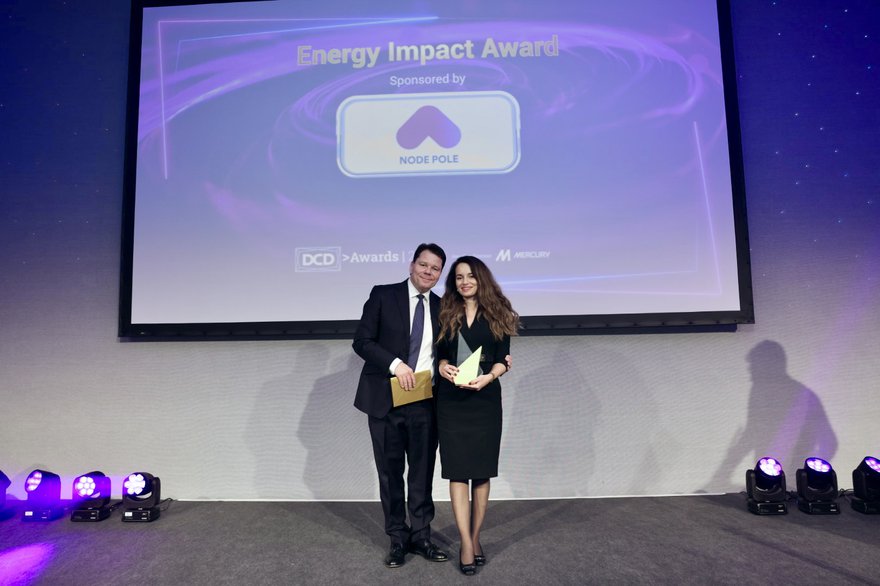Data centers are keen to minimize the energy they use - but large parts of that energy are almost invisible. In particular, the energy used by servers can be hard to access.
Most data centers assess their energy efficiency using power usage effectiveness (PUE), a metric designed to show inefficiencies in the power and cooling infrastructure, but giving no insight into what happens within the racks.
Most servers are run very inefficiently, at low utilization, so the PUE scores can mask a lot of waste.
When operators refresh their servers, they hope to reduce their energy costs and their carbon footprint but, without actual figures, they rely on guesswork and industry myths about the environmental impact of their hardware.
This means they may inadvertently increase their carbon footprint, when all factors are taken into account.
Interact, from TechBuyer, aims to change that. It’s a non-intrusive, machine learning, SaaS tool that provides tailored server upgrade recommendations that will reduce the cost, energy consumption and carbon footprint of an organization’s server estate.
The tool provides easy-to-use reports, and comparisons between multiple options, so users can find opportunities to improve efficiency, while saving money, energy, space, and CO2 emissions.
TechBuyer provides refurbished servers, aiming to promote a circular economy and reduce wasted materials and energy in the data center sector. But customers are reluctant to take the opportunity because of a myth, widely believed in the industry - that new servers are so much more energy efficient that it is never worth repurposing second-user systems.
“This myth is contributing to huge amounts of unnecessary waste (energy and material) and emissions,” says TechBuyer’s Rich Kenny - so the company led a research project to compare the footprint of new and refurbished servers.
TechBuyer knew that, since 2014, the price-performance of servers has not been increasing as rapidly as Moore’s Law originally predicted, and refurbished servers are now as reliable and efficient as new ones.
An Innovate UK Knowledge Transfer Project (KTP) with the University of East London ran from 2019 to 2020, producing robust primary research, measuring the energy use and performance of new and refurbished servers.
As well as comparing the energy costs, the KTP looked at reliability. Since any broken parts are replaced during refurbishment, correctly configured second-user servers are as performant and more efficient than new ones, the report found.
The KTP’s results were published in an academic journal - the IEEE’s Transactions on Sustainable Computing. But TechBuyer realized that the methods used in the project could be offered to organizations wanting to understand the cost and footprint of their server estate. This work won the Energy Impact Award at the DCD Awards 20222, sponsored by Node Pole.
“Looking at the research, we saw the opportunity to apply the results beyond academia via a brand-new commercial tool,” says Kenny, who is now director of TechBuyer’s new Interact division, set up to offer the Interact tool to users.
Interact launched in 2020, served its first customer in 2021 and now works with cloud providers, and global leaders in financial services.
Interact is the only tool to go beyond PUE and calculate the energy savings from server configurations, and offer clear and usable guidance that can reduce the impact of an organization’s IT.
Its guidance is tailored according to the carbon mix of the electricity available in a given geography, and the type of data center under consideration - for instance enterprise, or colocation.
According to an analysis of more than 150 data centers, the tool’s recommendations could save the average data center 8.3MWh energy, 2.8 tonnes CO2e emissions and £1 million costs per year.
Put another way, customers can unlock 300 percent more compute power for just seven percent more energy.


